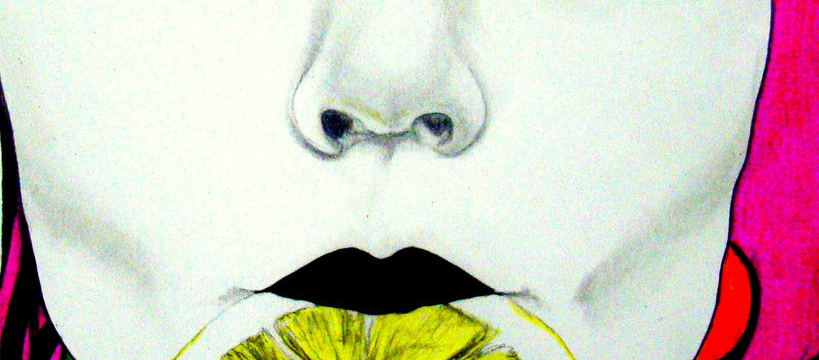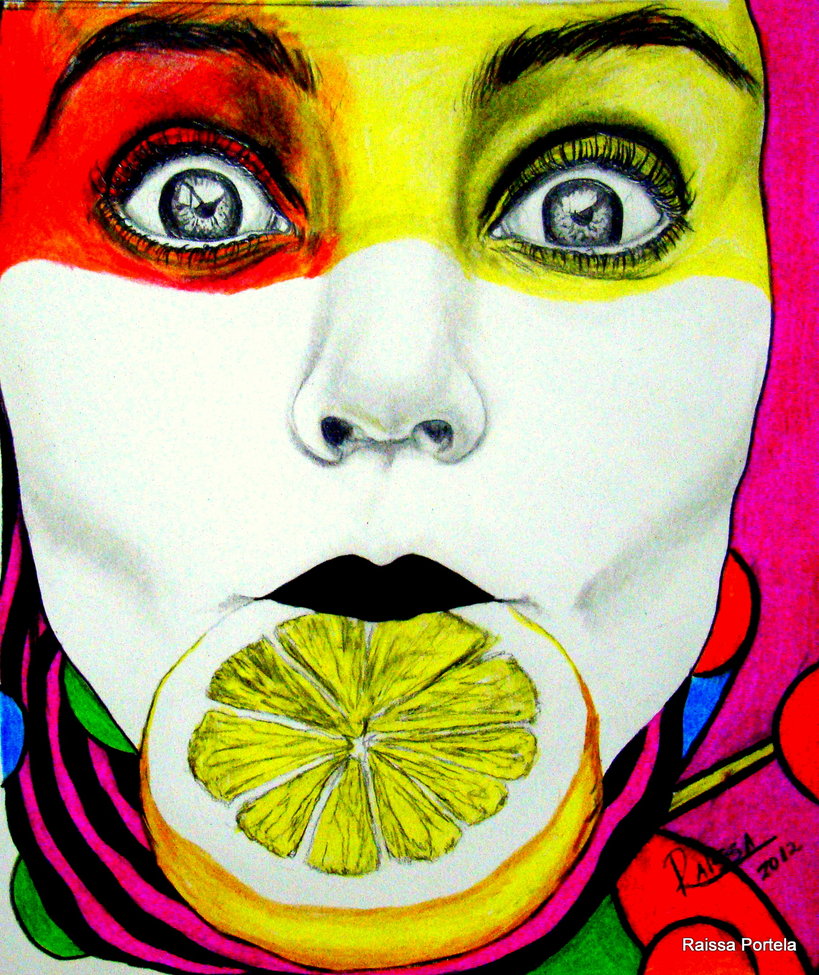 art
art
What Can Style Tell Us Concerning Art
One of the perennial yet unsolved disputes in vogue concerns the concern of whether style is art– or, to be reasonable, whether some fashion can be referred to as art. Does its ephemeral nature, its origins in consumerism, frivolity and also (in some cases) vulgarity, preclude it from accomplishing such transcendence? Or are one of the most conceptual, time-intensive, fancy, original and also costly garments deserving of that designation?
Considering that I’m a doubter, people usually assume that I come down on the “art” side, though I’ve always hewed more to the museum analysis of the issue, which tends to check out style as a decorative art as opposed to a fine art. It ends up, however, that we may have been framing (word play here intended) this inquiry incorrectly from the beginning. We shouldn’t be asking whether style is art, but just how fashion connects to art, as well as the other way around– approximately Aileen Ribeiro, a teacher emeritus at the Courtauld Institute of Art in London, recommends.
And she’s not talking about the reasonably superficial method of designers that pay “homage” to paintings by actually putting them on their clothes (see Saint Laurent’s Mondrian outfit as well as Jeff Koons’s Masters Collection bags for Louis Vuitton). Instead, she’s suggesting a much deeper, extra collaborating link between the method artists make use of garments for their own painterly purposes, as well as what such use can tell us about the role of clothing in a specific culture. To that end, her publication is separated right into 5 sections, covering whatever from the use of clothing in portrait, consisting of artists’ self-portraiture, to depictions of nationwide identification and the drives for innovation as well as liberalization.
Ribeiro isn’t utilizing style to make Rembrandt, Hogarth and Delacroix obtainable; she’s trying to get you to assume regarding exactly how artists utilize fashion. Exactly how, for example, van Dyck “raised up clothing that was strongly based on the fashions” of his day “however that was also, so to talk, smoothed out,” as well as just how Klimt “reinvents” fashion and “dramatizes it on the canvas.”
Ribeiro might be a chronicler of gown, yet she’s also a cultural omnivore, and also she pulls from the letters of numbers like Dante Gabriel Rossetti to support her points, as well as from the works of Roland Barthes, John Berger, D. H. Lawrence, Le Corbusier, Marcel Proust and Thorstein Veblen (among several others).
Reviewing her book begin to finish could be a little overwhelming, not to discuss difficult on the arms; it’s hefty, in every sense of the word. Those that are tricked by the shiny discussion right into assuming they’re obtaining a photo publication are in for a surprise. Ribeiro’s disagreement, sustained over many pages as well as developed on an accumulation of information and proof, is worth taking the time to think about.


